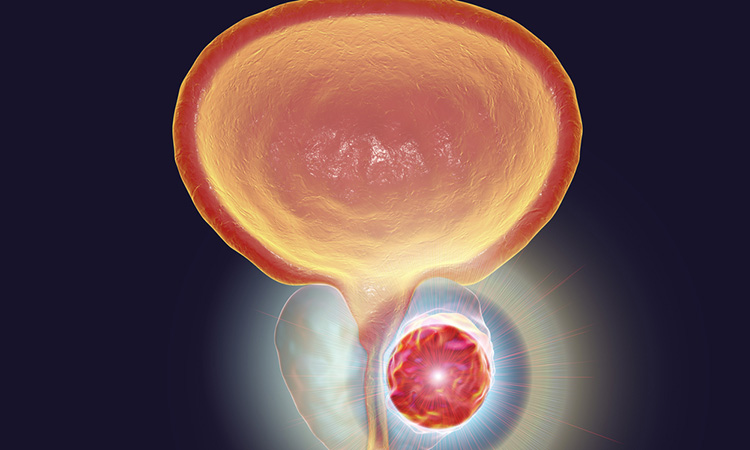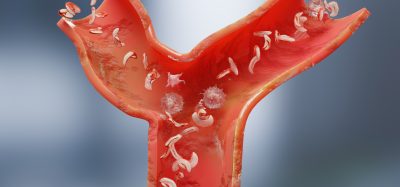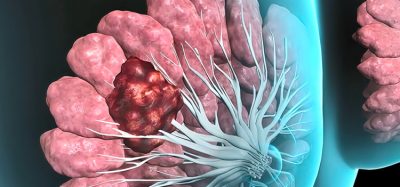CDK4/6 and PARP combo improves prostate cancer treatment
Posted: 1 August 2025 | Drug Target Review | No comments yet
Researchers at VHIO have discovered a new way to overcome drug resistance in metastatic prostate cancer – by combining CDK4/6 inhibitors with follow-up therapies.


With an estimated 1.5 million new cases and accounting for 397,000 deaths worldwide, prostate cancer is the world’s second most common cancer in men. Hormone therapy based on the inhibition of androgen receptor signalling (ARSi) remains the most common form of treatment for metastatic prostate cancer (mPC). However, drug resistance inevitably emerges, highlighting the urgent need for more effective therapeutic strategies.
Tackling resistance with a new approach
One of the main goals of VHIO’s Prostate Cancer Group is to develop understanding of the genomic landscape supporting prostate cancer to find new vulnerabilities in tumour cells. This knowledge aims to drive the development of new therapies and optimise existing ones.
Cyclin-dependent kinases 4 and 6 inhibitors (CDK4/6i) have shown promise across different tumour types, with several already approved for advanced oestrogen receptor (ER)-positive breast cancer. Yet, despite encouraging preclinical data in mPC – particularly in combination with other therapies – several clinical trials of CDK4/6i as monotherapy or combined therapy have delivered poor results.
Innovative preclinical study funded by AECC
Funded by the Scientific Foundation of the Spanish Association Against Cancer (AECC), a preclinical study led by Joaquin Mateo approached the problem of CDK4/6i resistance in a new way. Rather than sole assessment of the direct effects of these inhibitors, the researchers examined the biological changes in tumour cells following treatment to identify new therapeutic weaknesses.
Dormant cells and the potential of senolytic therapies
Published in Molecular Cancer Therapeutics, the study revealed that treatment with CDK4/6 inhibitors drives a subset of tumour cells into a hibernation-like state known as ‘dormancy’. These dormant cells can survive therapy and later reactivate, leading to cancer recurrence. The researchers demonstrated that combining CDK4/6 inhibitors with senolytic therapies could potentially prevent this relapse.
The study revealed that treatment with CDK4/6 inhibitors drives a subset of tumour cells into a hibernation-like state known as ‘dormancy’.
“In a range of in vitro and in vivo prostate cancer models, including patient-derived xenografts, our preclinical investigations show that CDK4/6 inhibitors halt the growth of prostate cancer cells and induce a senescent state that can be targeted using senolytic therapies,” said Joaquin Mateo, a medical oncologist at the Vall d’Hebron University Hospital, co-leader of VHIO’s Prostate Cancer Group and corresponding author of this study.
Exploiting vulnerabilities with PARP inhibitors
The team also discovered that residual tumour cells after CDK4/6i treatment display heightened sensitivity to PARP inhibitors (PARPi) – a class of targeted drugs already approved for prostate cancer. This finding could facilitate the design of sequential treatment strategies combining CDK4/6i and PARPi to enhance patient outcomes.
In a second phase of investigations, the researchers observed an additional biological effect: when CDK4/6 inhibitor treatment stops abruptly, tumour cells rapidly accumulate DNA damage.
“This effect opens a window of opportunity for treatment with PARP inhibitors. Upfront combined inhibition with CDK4/6i and PARP1 has no antitumour effect. However, their sequential use adding PARPi upon CDK4/6i withdrawal results in striking antitumour activity,” said Julian Brandariz, a PhD student of VHIO’s Prostate Cancer Group and first author of this work.
Moving towards future clinical trials
“Our results demonstrate the potential of CDK4/6i in prostate cancer therapy, particularly when followed by sequential treatment with senolytic therapy or PARPi,” said Mateo. “This new one-two punch strategy holds promise in overcoming cancer drug resistance, improving treatment outcomes for metastatic prostate cancer, and opens avenues for repurposing CDK4/6i therapy in metastatic prostate cancer.”
These findings present a key moment in the personalisation and optimisation of therapy for advanced prostate cancer. They provide a strong scientific rationale for potential future clinical trials to test this sequential treatment strategy in patients.
Related topics
Cancer research, Clinical Trials, Drug Discovery, Drug Discovery Processes, Drug Repurposing, Drug Targets, Kinases, Personalised Medicine, Precision Medicine, Therapeutics, Translational Science
Related conditions
Cancer, Prostate cancer








